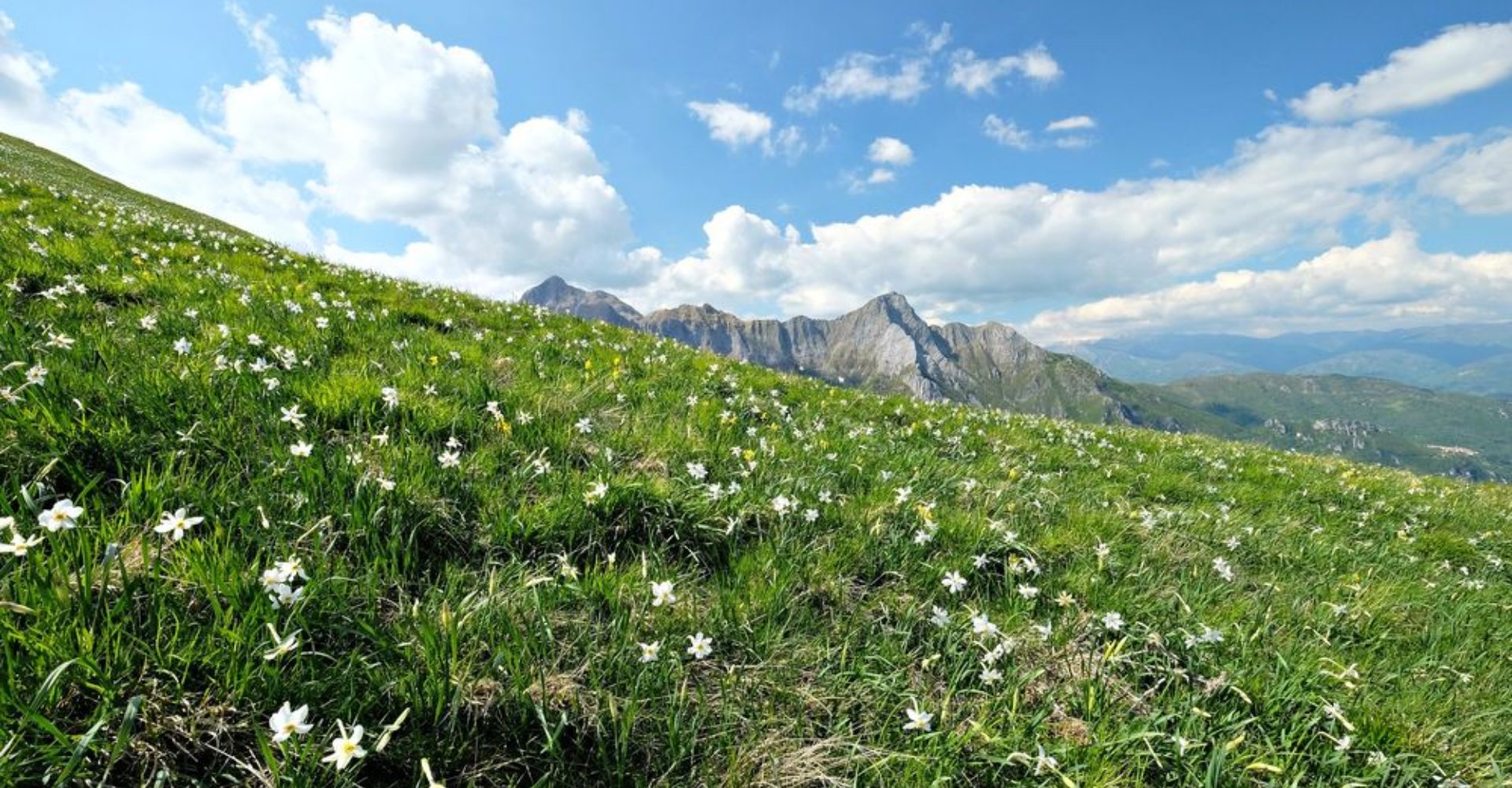Walking through the historic center of Stazzema you will find yourself in front of the clock tower dating back to 1739. Worth a visit is the beautiful church of Santa Maria Assunta di Stazzema, where the famous pure-white marble façade serves as an open invitation to anyone who passes by it. The building also holds a secret: here you can listen to the sounds of three centuries-old bells, all fused in the 1500s. The bells’ age means they churn out some of the oldest sounds in all of Versilia.
This territory of Versilia was known since ancient times for its rich silver mines which over time encouraged the setting up of a well-organized defensive system. Today, that can still be admired in structures such as the Torre dell'Argentiera, Monte Rocca, Castellaccio di Gallena and the Torre di Monte Anchiana which are certainly the most interesting points of defense in the portion of the Stazzemese territory linked to the historic mining area of the Argentiera di Sant'Anna. Here, there are tunnels that were dug using chisels in the Middle Ages, at the time of Medici, or even more ancient.
Other castles and fortified sites, like those of Farnocchia and Pomezzana (used together with some towers built during the Second World War to keep watch over the Gothic Line), are defining elements of the landscape. What usually strikes most visitors more than anything else, however, is the beauty of the mountains. Anyone who loves climbing and hiking will be wowed by the natural wonders of Monte Forato, or the breathtaking panoramic views you can take in from Monte Croce.
In Levigliani is the Antro del Corchia, with its 53 kilometers of tunnels and shafts it is the largest karst system in Italy and one of the largest in Europe: a labyrinth made of columns of stalactites and stalagmites. Also in Levigliani you can visit the Folded Stone Museum where you can admire sacred art objects in marble, colored Apuan marbles and mortars, which were used both for cooking and to create medicines by mincing medicinal plants.
We’d be remiss not to mention the Sant’Anna di Stazzema massacre, one of the most atrocious Nazi massacres carried out in Italy and memorialized in the Museo della Resistenza. For its active role in the resistance and the tragic events that took place in town, Stazzema was decorated with the Medaglia d’oro al Valore Militare (Gold Medal for Gallantry) in 1970.
